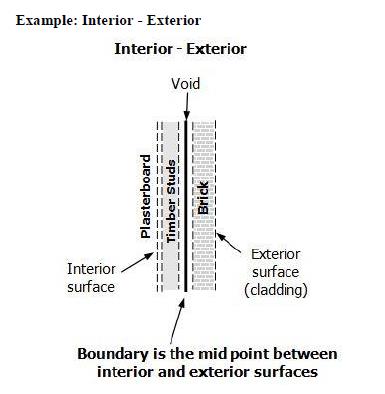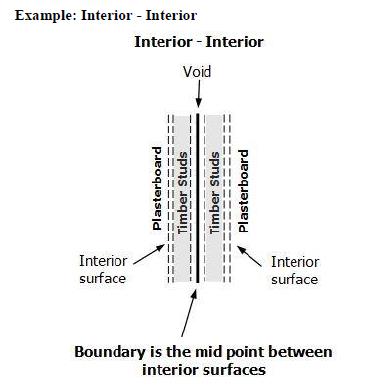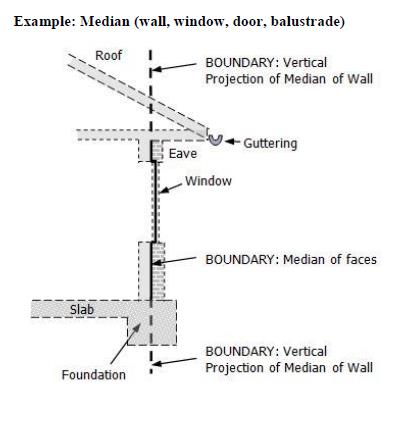Read through some of our client’s frequently asked questions and find the answer to your queries.
A change in OC manager can help to address issues such as poor communication, lack of transparency, and inadequate financial management. If your committee is not getting the advice and service it requires, it may be time to make the switch to a better strata management company
By choosing a new OC manager who is committed to delivering a high level of service and support, lot owners can benefit from improved governance, better maintenance of the common property, greater compliance with legal and regulatory requirements and increased protection of their asset. A good strata management company will partner with the committee to ensure tasks needed to keep your strata property running smoothly are completed and to protect and grow its value and enhance community living. They should also provide sound advice on legislative and financial matters, so your committee can make informed decisions that benefit all owners.
Changing your OC manager can be the first positive step towards improving the operation and management of your strata body or Owners Corporation.
Changing your OC manager is easier than you might think and could be one of the best decisions you make. The owners corporation has a say in how your property is run and who should be appointed to manage it on your behalf.
Provided that the delegation of authority to the committee is not restricted to prevent the termination and appointment of an OC manager, a committee has the power to terminate an OC manager under section 119 of the Owners Corporations Act.
No annual general meeting or special general meeting is required. However, if there is a contract of appointment signed by the owners corporation, the owners corporation may be in breach of the contract of appointment if the contract was not terminated in accordance with its terms (i.e. midway through a term for convenience rather than a breach).
It is important that legal advice is obtained so the owners corporation can assess the risks of termination and the potential for a claim for breach of contract. Some owners corporations restrict the appointment and termination of an OC manager under section 82 of the Act, in which case an OC manager can only be terminated at an AGM or SGM.
The Committee can make the change, unless the Owners Corporation at a general meeting has resolved to have the issue of appointment or termination of an OC manager only considered, determined or decided on at a general meeting of all members of the Owners Corporation.
By Section 11 (5) of the Owners Corporations Act 2006, the Committee of an Owners Corporation is automatically delegated all the powers and functions of an Owners Corporation that it is capable of being delegated.
You will need to ensure you have at least 50% of the Committee voting on favour of the new OC manager.
Review the terms of your existing management contract
It is critical that your committee has read and understood the terms of your existing contract. Typically, strata management contracts will specify when and how you can end a contract and how to undertake the termination process prior to changing strata management companies.
If you have been issued a Breach Notice by the Owners Corporation don’t panic, and please don’t take offense.
A Breach Notice is required to be issued by the Owners Corporation to alert an Owner to an issue that has arisen that is in breach of the Owners Corporations Act, the Owners Corporations Regulations, the Owners Corporation’s Registered Rules and/or the Model Rules of an Owners Corporation that needs to be rectified.
The Breach Notice will set out details of the alleged breach(es), and what is required to rectify the breach(es). You have 28 days from the date of the Breach Notice to rectify the breach(es). If the breach(es) are not rectified within this timeframe the Owners Corporation may issue a ‘Final Breach Notice’, which will allow another 28 days to rectify the breach(es). If the breach(es) are still not rectified the Owners Corporation can apply to VCAT for an order requiring the person to rectify the alleged breach.
If you receive a Breach Notice here’s what to do:
Important things to note:
Within an Owners Corporation, the Plan of Subdivision sets out the boundaries, which then defines who is responsible for the repair and maintenance of the Owners Corporation.
Interpreting a Plan of Subdivision requires specialist knowledge. Please refer to your Owners Corporation Manager, or other specialist trained to interpret Plans of Subdivisions to ensure you have the correct information.
Within a Plan of Subdivision, there are 3 types of boundaries. Your Plan of Subdivision may have one, or multiple types of boundaries:
Boundaries can be either defined by a building or be a ‘dimensioned’ boundary – such as a car park that does not have walls around it.
1. Interior Face
An interior face boundary lies along the interior face of any wall, floor, ceiling, window, door, or balustrade. Any internal coverings, finishes (i.e. paint), waterproof membrane, and fixtures attached to the structure are included within that Lot.

2. Median Line
A Median Line boundary lies along the middle of any wall, floor, ceiling, window, door, or balustrade.




3. Exterior Face
An exterior face boundary is the opposite of an interior face, and lies along the exterior face of any wall, floor, ceiling, window, door, or balustrade.

In Victoria the responsibilities of the owners corporation may include:
Owners with exclusive use of a lot are usually responsible for repairing and maintaining their private property unless indicated otherwise by the by-law or building rule.
In general, lot owners in Victoria are typically tasked with the upkeep of their private property, which may include: